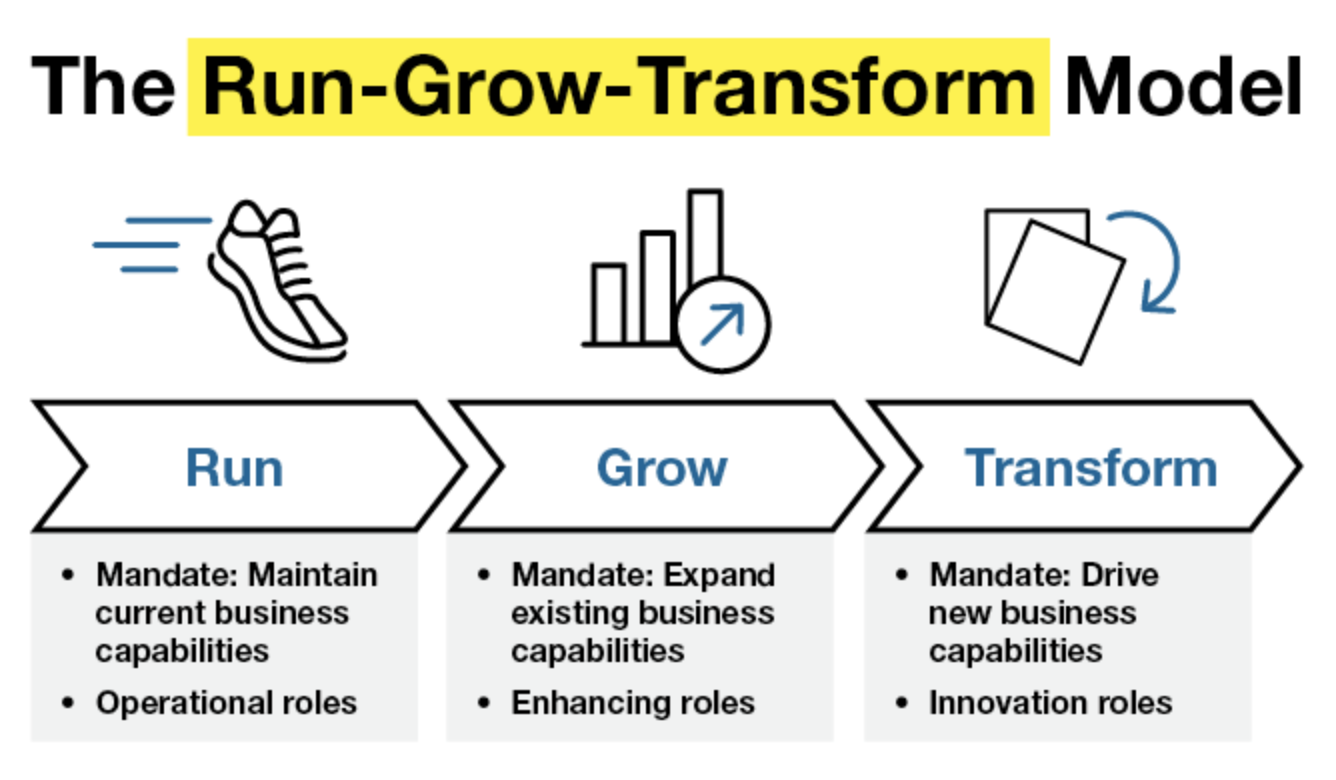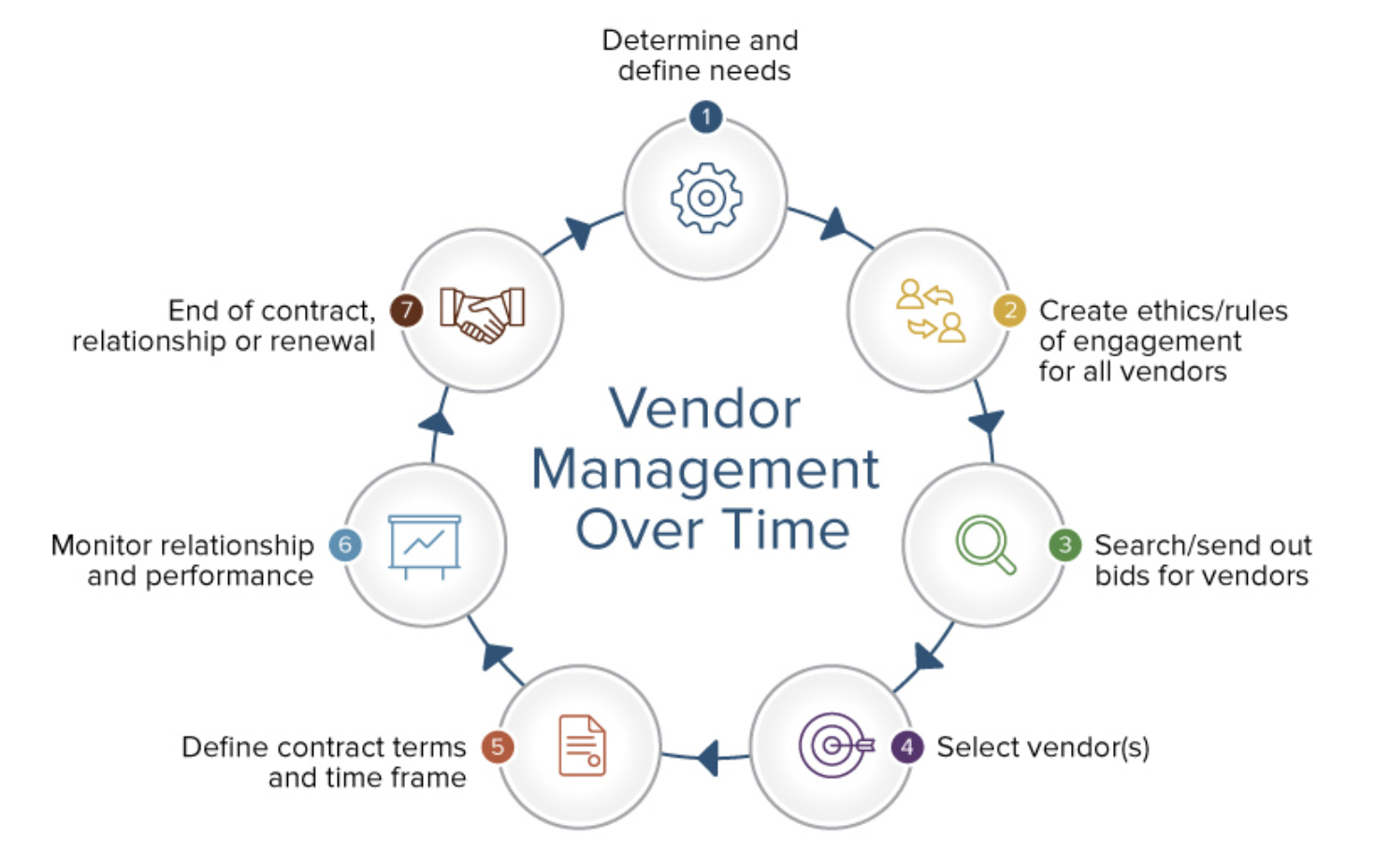The Director of IT in any organization requires a unique skill set that combines technical knowledge and business acumen. The IT Director Career Path is just as varied as the position itself.
This position has many associated titles that often hold the same responsibilities — being the conduit between the IT team and the business operations team. That can come in many different forms.
For example, the Director of IT, Infrastructure, and Operations is responsible for the business phone systems as well as communications and collaboration infrastructure, the same as the Director of Telephony or Communications.
While many companies are putting less emphasis on titles and more on the responsibilities of the role, this position still holds the decision-making power for the IT department. Including network infrastructure, software and hardware implementation, and team processes and policies.
If you’re looking for a career in technology and are interested in infrastructure, network services, and cloud telephony — this could be an excellent position for you. However, where do you start?
More posts in this series:
- IT Director Interview Questions & Answers To Help You Get Hired
- Eyeing a CIO Role? Here’s What You Need to Know Before You Apply
- The IT VP Career Path Explained in 5 Easy Questions
- IT Manager Career Path: The A-Z of Being on This Career Track
- Top CIOs: 80 Successful IT Leaders to Follow
What is a Director of IT?
The Director of IT is the team leader between the technology team and all other departments within an organization.
This role is in charge of maintaining, securing, and developing IT systems for their company. They implement essential systems and services that add value and assist in achieving company goals.
This role demands a great deal of knowledge in information technology as well as exceptional people skills. As a Director of IT, this individual is responsible for organizing programs, directing network improvements, training the workforce on procedures and security, and managing their own team.
Direct of IT Responsibilities
Gartner’s RGT model talks about how someone on the CIO career path should assess how they spend their time. On top of this, it also covers the development of an IT Executive.

In essence, it suggests that an IT Manager needs to be able to “run the shop” i.e. keep the lights on and meet the organizational mandate. IT Directors then need to both run the shop and “grow the business”. Finally, IT VPs and above need to balance running the shop and growing the business with transforming the organization.
Further, the role of Director of IT can require many different skills, but the major responsibilities in the role tend to remain the same. Below are five of the top skills required by companies when they’re looking to fill their Director of IT positions.
- Team Leadership
- IT Security & Infrastructure Management
- Deployment of New Technology
- Strategic Planning
- Network Management / Administration
Let’s take a closer look at what each of these skills looks like day-to-day.
Team Leadership
The Director of IT is the head of the IT department and is in charge of the growth and management of their team members. They must be able to seamlessly communicate project goals and strategic plans.
Given that they are the point of contact for many of the technology projects, having exceptional interpersonal skills and the ability to manage people is a must for this role.

IT Security & Infrastructure Management
A huge responsibility in this role is managing the security policies and procedures for the company. This includes frequently conducting security audits, training staff on security measures, and identifying areas of weakness.
An IT Director should be able to identify areas of improvement and provide innovative solutions to ensure the best possible IT system is available. While they may not be troubleshooting issues on the ground like lower-level IT positions, they will be in charge of tasking their team members with this.
Deploying New Technology
As we mentioned above, with technology changing quickly, the Director of IT should always be looking at new solutions.
Whether these are related to security needs or business operations — being one step ahead of what the company needs is a crucial aspect of being in IT. Once they decide on a solution, it is also their responsibility to put a deployment plan in place.
This type of plan includes everything from implementation to employee training and vendor management. Experience delegating tasks and managing a project through to completion will make deploying technology much more manageable for larger companies.
Strategic Planning
Every company has a vision or strategic plan that determines its goals for the future and the key metrics they need to accomplish to get there. The Director of IT is in charge of aligning their strategic plan with the vision of the entire company.
If developing a new technology or implementing a new software will help the organization reach one of its primary goals, it’s on the director to see that through. The Director of IT needs to be able to not only anticipate these needs but effectively act on them.
Network Management & Administration
This is one of the most obvious skills that a Director of IT needs. It encompasses everything you’d expect your IT department to handle. Selecting service providers and troubleshooting software for example. IT Directors also build vendor relationships while monitoring each stage of this process.

It also includes much of the business aspect of the position, like managing a budget, assessing productivity levels, and upgrading hardware and software infrastructure when necessary. Now let’s take a look at what those skills can earn you.
Related: 25 Working from Home Tips to Slam-Dunk Tasks
Director of IT Salary
According to a report from PayScale, the median salary for a Director of IT is $115k annually. This doesn’t include any additional profit sharing or bonus structures. It’s a pretty substantial number for the technology industry.
Many things affect the base salary for this position. This may include the industry and location of the organization in which you might work. At the low end of the range, a Director of IT might earn 65k, while the high end tops out around 166k.
If you want to hit the higher end of the salary spectrum, you’ll want to work for a company based in larger cities like Chicago, New York, and Los Angeles. Additionally, some of the top-paying industries include healthcare, cloud communications, and the financial sectors.
Director of IT Career Path: Think You’re Cut Out?
Like most positions in IT, plenty of routes lead to an IT Director career path.
Of course, starting from the bottom and working your way through various positions will guarantee skill diversity.
Common previous roles
- Software Engineer / Developer / Programmer
- Manager of IT
- Senior Manager, IT
As you can see, there are many different roles you can try while you up-skill. While the career path will look different for everyone, aiming to get equal parts experience in business and technology is your safest bet.
If you’re looking to start your career in technology, with the goal of eventually moving to a high-level position like Director of IT, you’re heading in the right direction. According to a study by Cyberstates, technology employment in the United States added almost 200,000 jobs in 2017 and is continuing to grow.
Additionally, the U.S. Bureau of Labor Statistics estimates there will be over 1.2 million workers in technology by 2026.
Following the IT Director career path can be both lucrative and exciting. More importantly, it’s job security you can count on.


